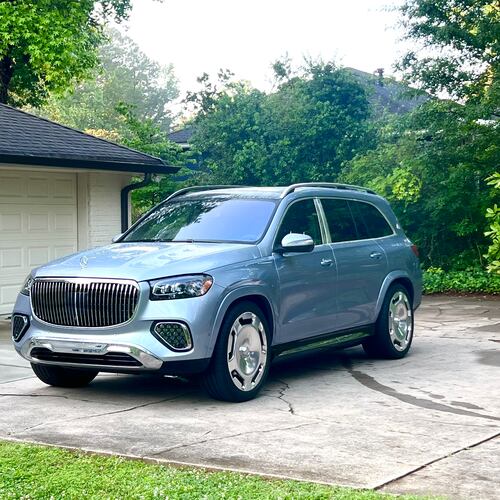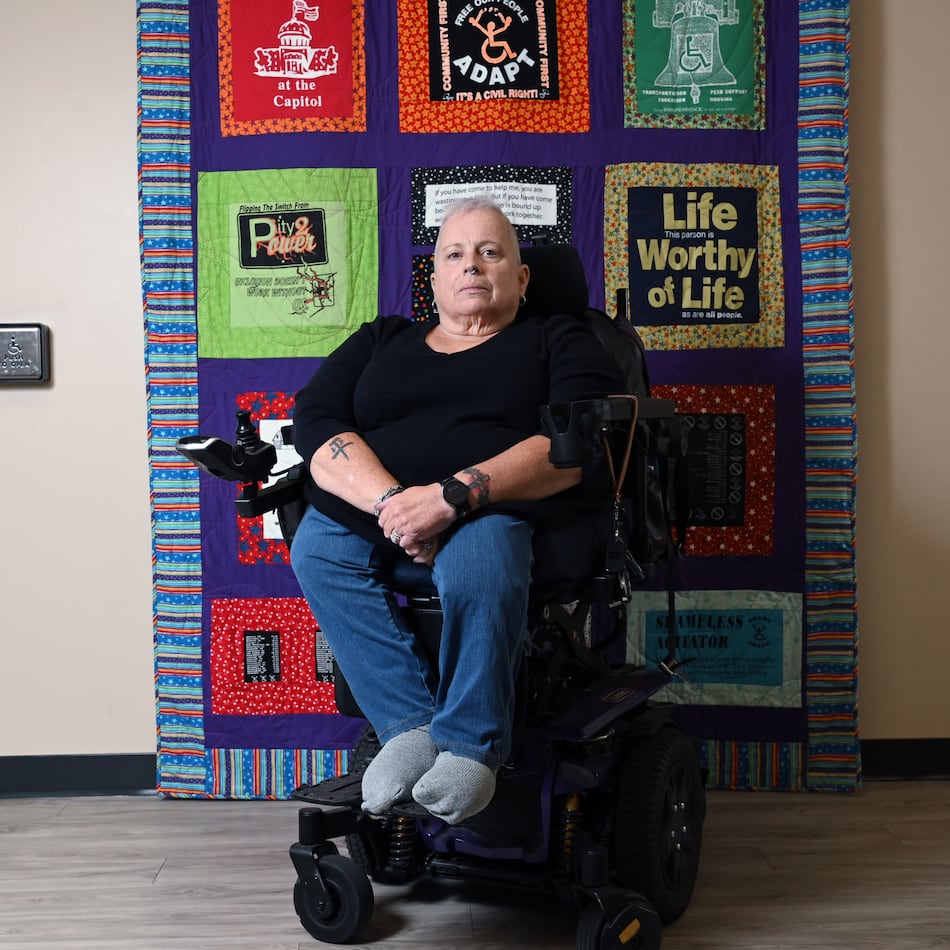It’s a war for the ages, and Atlanta is on the front lines the way it was when hometown giant Coca-Cola battled Pepsi in the cola wars of the 1980s and 1990s.
But the firepower in that war — mere hundreds of millions of dollars a year — pales in comparison to the money and resources Atlanta-based AT&T Mobility and archrival Verizon Wireless are pouring into the cellphone wars.
In the year just ended the companies spent a combined $4 billion — that’s billion — to wallpaper American living rooms with an astounding 615,000 TV commercials as they battled for supremacy in the estimated $150 billion U.S. wireless market.
“This dwarfs, just dwarfs, any advertising war that’s ever been before,” said Jon Swallen, senior vice president of research for New York-based TSN Media Intelligence. “The burger wars between McDonald’s and Burger King, the beer wars between Budweiser and Miller, the wars between Federal Express and UPS, don’t even come close.”
The companies aren’t saying what’s next or how long they’ll keep up the pace. No. 1 Verizon has 89 million customers compared with 81 million for AT&T Mobility, as of June 2009. Verizon also leads in revenue with $58.6 billion vs. $49.3 billion for AT&T for 2008, the most recent complete-year figures available.
The rivals are racing to build and enhance their networks to handle smart phones and fend off the other two of the so-called big four mobile companies, Sprint Nextel and T-Mobile.
Smart phones, such as the iPhone, which have computer applications and can access the Internet, work best and faster on third-generation (3G) and fourth-generation (4G) cellphone networks, so that’s become the latest advertising battle ground.
The fight escalated sharply last fall when Verizon started boasting that it has the best 3G network in a series of “there’s a map for that” ads, which spoofed AT&T/Apple’s “there’s an app for that” iPhone commercials.
AT&T took Verizon to federal court in Atlanta to try to force Verizon to change the ads. AT&T claimed they were misleading because the 3G coverage map used in the Verizon ad inaccurately gave the impression that there are vast areas of the country where AT&T customers can’t get any cellphone service.
A federal judge in Atlanta agreed that some viewers might get that wrong impression. But if the Verizon ads are “sneaky,” said U.S. District Court Judge Timothy Batten, they were not, strictly speaking, “misleading,” and therefore not illegal.
So AT&T dropped the suit and took its case to the airwaves, where, since November, viewers have been barraged with AT&T ads featuring actor Luke Wilson. The spots tout AT&T’s vast basic coverage, point out that its 3G service is faster than Verizon’s and note that on AT&T’s network, unlike Verizon’s, you can talk on the phone and cruise the Internet at the same time.
Daryl Evans, AT&T’s vice president of advertising, said the Wilson commercials have done their part in blunting the Verizon assault.
“Luke has carried the load that we’ve asked him to,” Evans said in an interview with the AJC. “We are humbly confident as a company, and Luke has a humble confidence about him. He’s the personification of AT&T.”
Back in the day of the Coke-Pepsi shootouts, Evans worked in the Atlanta office of Coca-Cola’s advertising agency, McCann-Erickson, which duked it out with Pepsi’s agency, BBDO, of New York.
Now, McCann is the agency for Verizon, and BBDO is AT&T’s agency. Evans said there are similarities between the cola and wireless shootouts.
“Both are high visibility [product] categories and are very responsive to advertising and have large marketing budgets,” he said. “But, obviously, they are vastly different, too. When you buy a soft drink it’s consumed a few minutes after you buy it. In the wireless business it’s consumed over a year or two years.”
Despite its mega-campaign, AT&T Mobility will not be a Super Bowl advertiser, Evans said.
Verizon declined to talk about its advertising strategy or plans. Chief spokesman Jeff Nelson wouldn’t say whether Verizon will buy time during the Feb. 7 Super Bowl.
At least one advertising and communications consultant last week said he’d prefer to see fewer ads from both companies and more emphasis on building their cell networks — especially AT&T, whose network has been, at times, overloaded by iPhone users who consume more band width searching the Internet and watching videos on their mobile devices.
“The cola wars were a battle of the heart,” said Joseph Jaffe, a partner in the New York communications consulting firm Crayon. “Pepsi beat Coke in taste tests, but, emotionally, people loved Coke more.”
The battle between Verizon and AT&T, said Jaffe, “is a battle of the mind. And, in their minds Verizon has a more reliable 3G network that is available in more places. So, instead of trying to outsmart Verizon with ads, fixing their network would be a better strategy.”
Evans doesn’t see it that way. AT&T continues to invest in and upgrade its network and will stay on the attack, he said.
If Verizon’s 2008 acquistion of Alltel is factored out, AT&T added about 1.5 million more subscribers than Verizon from the third quarter of 2008 to the third quarter of 2009, according to the International Association for the Wireless Telecommunications Industry. Those are the latest figures available.
“We’re going to continue to market aggressively,” said Evans. “We’ve done very well against [Verizon] over the last three years.”
About the Author
Keep Reading
The Latest
Featured

